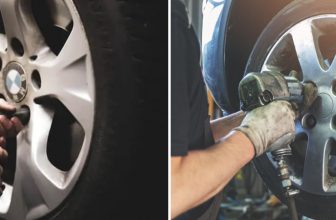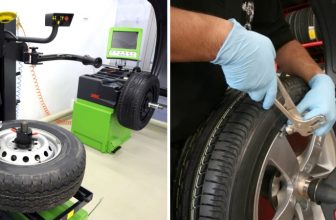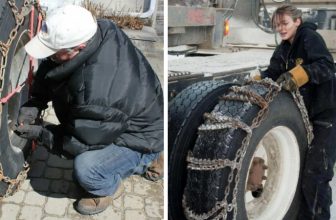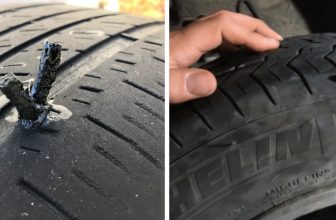How to Fix Dry Rotted Tires
If the dry rot of your car’s tires is leaving you feeling a tad frustrated, then you’re not alone! It can happen to even the most experienced and cautious drivers. Dry-rotted tires are caused by aging and wear but fortunately are often preventable with just a few simple steps.
In this blog post, we will discuss how to fix dry rotted tires and ways to prevent future dry rot from occurring.
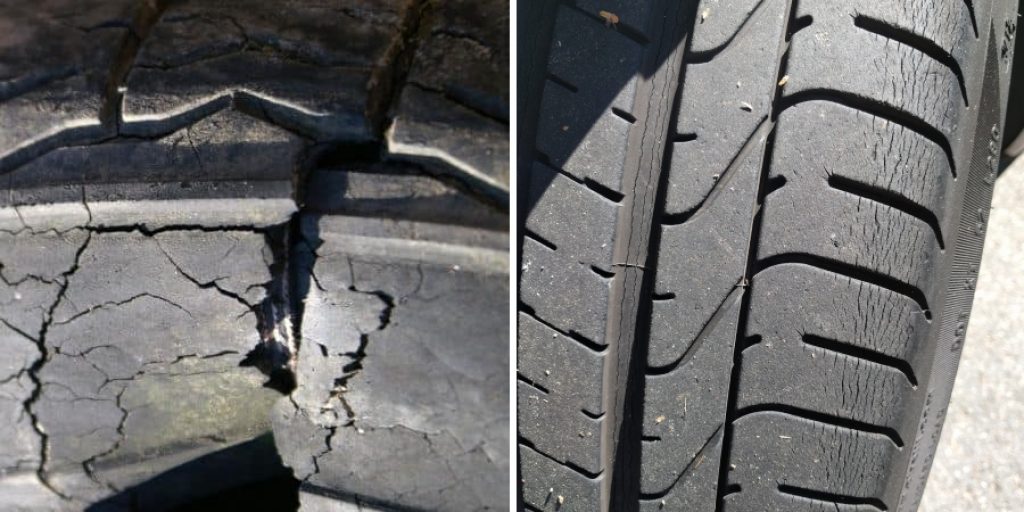
9 Best Methods on How to Fix Dry Rotted Tires
1. Check Tire Tread Depth:
One of the simplest ways to check if your tires are dry-rotted is by measuring the depth of the treads with a tire gauge. If the tread depth falls below 2/32”, then it’s time for a replacement. Checking tread depth can also help you notice any potential damage to your tires as well as wear and tear.
2. Replace Tires:
If your tire tread depth falls below the recommended 2/32”, then it’s time to invest in a new set of tires. Replacing your dry-rotted tires will help ensure that you can drive safely and comfortably with better traction and control on the road. Replacing tires also helps reduce the risk of a blowout when driving.
3. Check Tire Pressure and Inflation:
It’s important to keep your tires properly inflated as this can help with preventing dry rot and prolong the life of your tires. You should check tire pressure regularly with a tire pressure gauge or use the service offered at most gas stations that will do it for you. If your tire pressure is low, then simply inflate the tires to the right pressure as indicated in your car’s manual.
4. Rotate Your Tires:
Rotating your tires regularly helps ensure that they wear evenly and encourages a longer life span. This can also help with preventing dry rot as it lessens the amount of time any part of the tire will be exposed to harsh conditions such as weather, dirt, and debris. Most automobile service centers offer tire rotation services and can also identify any potential wear or damage that needs to be addressed.
5. Align Your Tires:
It is important to have your tires properly aligned as this can help ensure that they wear evenly. A misalignment of the tires can cause them to wear unevenly, leading to dry rot. If you notice that your vehicle is veering to one side or the other, then it’s time to have your tires aligned. Make sure to have this done at a reputable shop.
6. Clean Your Tires:
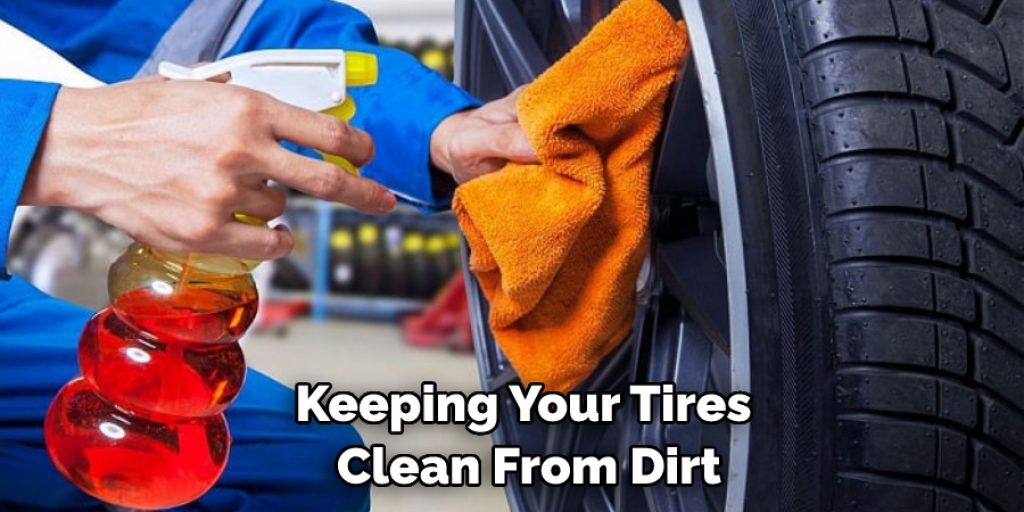
Keeping your tires clean from dirt, debris, and other elements that can cause dry rot will help prolong the life of your tires. It’s important to use a tire cleaner specifically designed for car tires as standard household cleaners can be too harsh and damage the rubber on the tire. Make sure to scrub the tires with a soft brush and rinse thoroughly after.
7. Protect Your Tires:
Using tire protectants can help keep your tires looking good and prevent dry rot from occurring. The protectant helps form a barrier between the metal of the tire and environmental elements, preventing degradation due to sunlight, heat, or water. Make sure to use a product specifically designed for car tires and apply it regularly on all your tires, especially during the summer months.
8. Have Your Tires Inspected Regularly:
Having your tires inspected regularly is one of the most important steps in preventing dry rot and prolonging the life of your tires. A professional can identify any signs of damage or wear on your tires, such as uneven wear, cracks, bulges, etc. If any issues are identified, they should be addressed immediately to prevent further damage.
9. Consider Investing in Tire Covers:
Investing in tire covers can help protect your tires from the elements and minimize the risk of dry rot. Covers are especially useful for vehicles that are parked outdoors for extended periods of time. Make sure to choose a heavy-duty cover specifically designed for car tires, as this will provide better protection against the elements.
With the right proactive steps, you can ensure that your tires stay in good condition and last longer. Remember to check tire pressure, inflate tires as needed, rotate them regularly, align them properly, keep them clean, use protectants on the rubber regularly, and have a professional inspection done annually.
Investing in tire covers for vehicles stored outside will also help protect your tires from dry rot. Following these steps will help to ensure that you have safe and reliable tires for years to come.
Additional Tips on How to Prevent Dry Rot
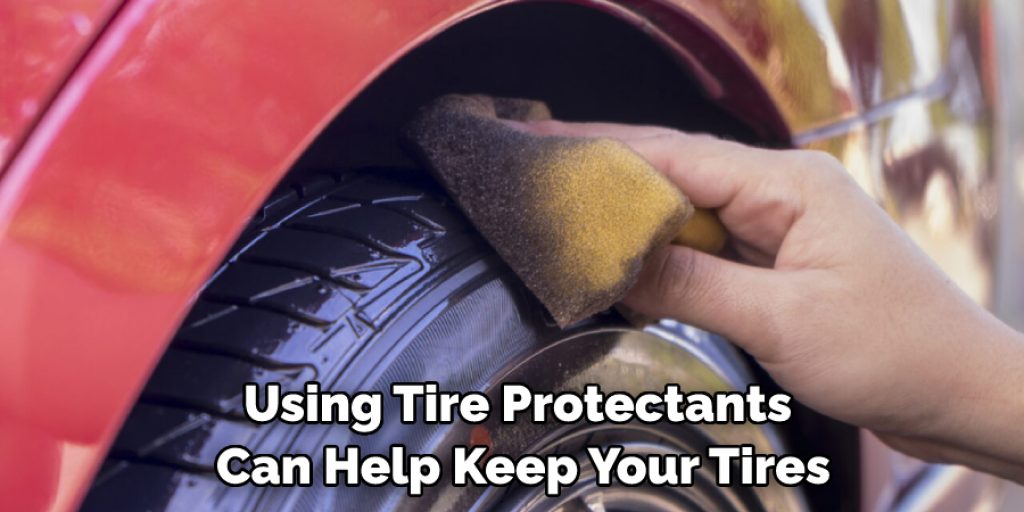
1. Regularly inspect your tires for signs of dry rot, such as cracks or bald spots. Make sure to use a flashlight and mirror to get a close look at the sidewalls of each tire.
2. Change your tires regularly according to the manufacturer’s recommended intervals. Tires that are more than six years old may need to be replaced, even if they appear to be in good condition.
3. Avoid driving on roads that are excessively rough or contain sharp objects such as debris from road construction sites, which can damage your tires and accelerate the dry rot process.
4. Use a UV protectant designed specifically for tires to reduce damage caused by ultraviolet rays.
5. Store your tires in a cool, dry place away from direct sunlight or other sources of heat to prevent accelerated dry rot.
6. Check the tire pressure regularly and make sure it is within the manufacturer’s recommended range for optimal performance and wear.
7. Have your tires balanced and rotated on a regular basis to ensure even wear.
8. Have your tires inspected by a professional at least once a year to make sure they are in good condition and free from dry rot.
Following these simple tips can help you prevent dry rot and extend the life of your tires. Taking the time to properly care for your tires can save you money in the long run.
Things You Should Consider While Fixing Dry Rotted Tires
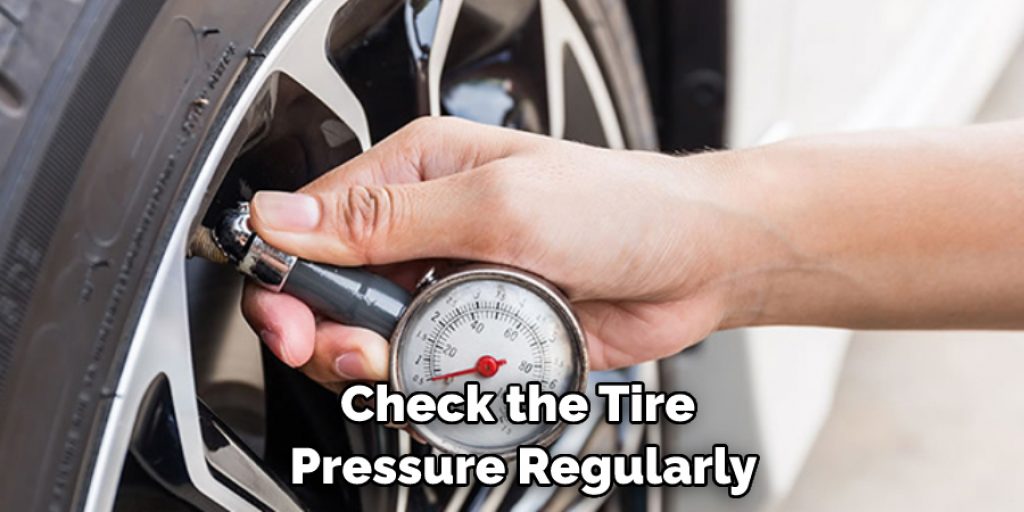
1. Always wear protective gear such as gloves and safety glasses when working with tires to avoid any potential injuries.
2. Thoroughly inspect the tire for any cracks, bulges, or other irregularities that may have resulted from dry rot. If present, it is recommended that you replace the tire entirely instead of attempting to repair it.
3. If the tire is in relatively good shape, you should use a specialized tire product designed to repair dry rot such as Tire-Rx or Sealtight Sealant. These products will fill any crevices caused by dry rot and help restore the integrity of the tire. Read instructions carefully and apply the products according to directions.
4. Once the product is applied, use a tire patch kit to fill any small holes or imperfections caused by dry rot with a special rubber compound. This will help strengthen the tire and prevent further damage.
5. Once you have patched the tire, inflate it to its recommended pressure and inspect it again for any further signs of dry rot. If needed, you can apply additional products and patches to ensure the tire is fixed properly.
6. Finally, make sure to regularly check the tires for any further signs of damage or wear and tear in order to prolong their life and keep them in a safe condition. This is especially important since dry-rotted tires are more prone to further damage.
With these considerations in mind, dry-rotted tires can easily be fixed with a few products and some time. Make sure to follow the steps above for the best results.
Frequently Asked Questions
How Do I Know if My Tires Need to Be Replaced?
If your tires are more than 5 years old, it is recommended that they be replaced. Additionally, inspect the tread of your tires for any signs of wear such as cracking or bulging. Also, look for any moisture in the cracks as this could indicate dry rot. Finally, if you find any bare patches on your tires this means that the tread has worn away and needs to be replaced as soon as possible.
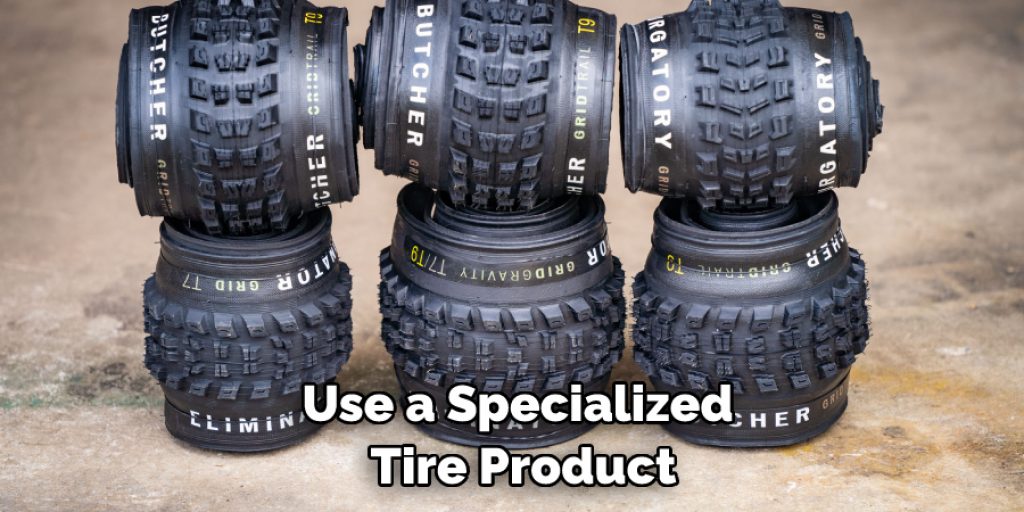
What Are Some Signs That My Tires Need Repair?
If you notice any signs of cracking or bulging in the tread of your tire, this is a sign that they need to be replaced. Additionally, if you find any moisture in the cracks then this could indicate dry rot and they should also be replaced. Finally, look for any bare patches on your tires as this means that the tread has worn away and needs to be fixed as soon as possible.
Conclusion
When it comes to tires, proper maintenance, and care are essential for ensuring safe and reliable usage. Fortunately, dry rot can be fixed if caught early enough with the right methods. Following the steps detailed in this article can help keep tire rubber soft, supple, and full of life for a longer period of time.
Learning sign language for dry rot — checking the inside treads of your tires on a regular basis — is an essential part of any preventive maintenance program to ensure your tires don’t succumb to premature wear and tear due to this dreaded condition.
With these tips in mind, you can feel confident in taking preventative action to reduce the chances of having bad luck with dry rot, while preserving your tire’s lifespan and protecting your vehicle’s performance. Now that you know how to fix dry rotted tires, you can remain one step ahead in making sure your family stays safe on the road!

